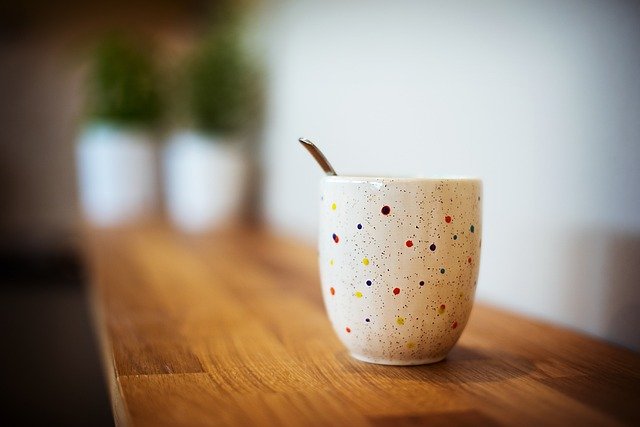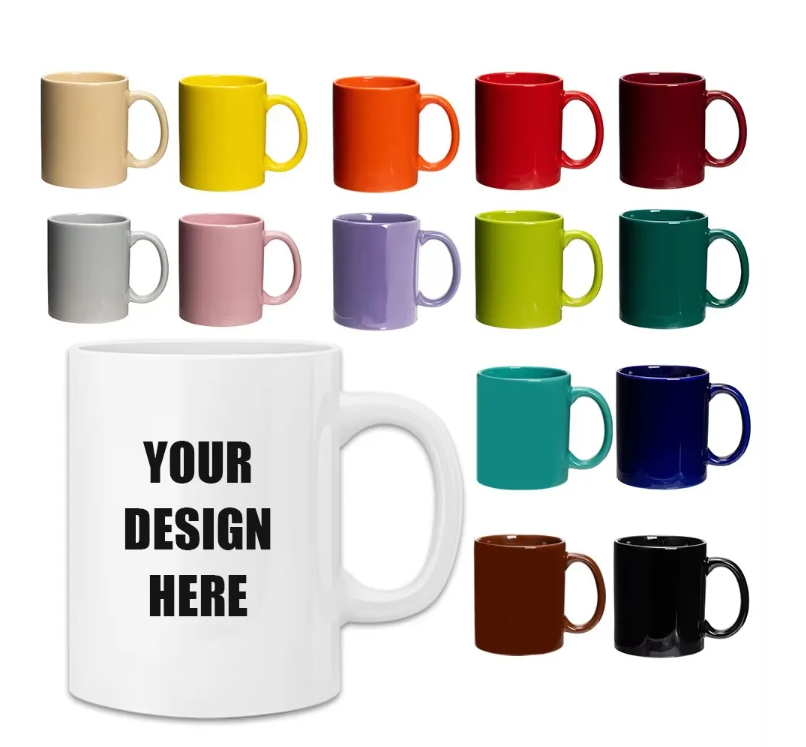Ceramic mugs are a common choice for many due to their heat retention and aesthetic appeal, but they also come with notable disadvantages. In this detailed analysis, we will objectively examine the drawbacks of ceramic mugs, focusing on their potential risks and limitations. The objective is to provide an in-depth, professional discussion on the key challenges, backed by scientific reasoning and industry experience. This article will also cover best practices when selecting a ceramic factory for your supply chain and compare global ceramic brands known for their product quality and safety standards.

1. Fragility and Durability Issues
One of the most widely acknowledged disadvantages of ceramic mugs is their fragility. While ceramic is a durable material when it comes to regular use, it is prone to breaking when dropped or subjected to impact. Here are some key points regarding ceramic mug fragility:
- Prone to Cracking or Breaking: Ceramic mugs are particularly susceptible to chipping or breaking upon impact. Unlike materials like stainless steel or plastic, which are more resilient to falls, ceramics can crack or shatter, making them less suitable for environments where durability is paramount.
- Thermal Shock Sensitivity: Ceramic mugs are also prone to thermal shock, which occurs when a mug is exposed to sudden temperature changes, such as placing a hot mug on a cold surface. This can lead to cracks or fractures, rendering the mug unusable.
- Preventing Thermal Shock: Manufacturers often recommend avoiding rapid changes in temperature to extend the life of ceramic mugs. For example, pouring hot liquids into a cold mug directly from the refrigerator can cause breakage.
- Limited Longevity: Over time, frequent usage can lead to minor chips around the edges, which can compromise the appearance and integrity of the mug.
2. Potential Health Risks: Lead and Cadmium Leaching
The glazing used in ceramic mugs can pose health risks if it contains harmful substances such as lead or cadmium. The primary concern lies with low-quality or poorly regulated ceramics, where these substances can leach into beverages, especially when exposed to heat.
- Lead Exposure: Lead-based glazes are sometimes used to achieve vibrant colors or finishes in ceramics. Over time, especially if the glaze wears down or is exposed to heat, lead can leach into beverages, leading to potential health risks such as lead poisoning. Chronic exposure to lead can cause serious health issues, particularly affecting the nervous system and brain.
- Cadmium: Similar to lead, cadmium is used to produce bright colors, particularly reds and oranges, in ceramic glazes. It poses a risk of leaching into food or drink, especially with acidic beverages like coffee or tea.
- Safety Standards: High-quality ceramic manufacturers comply with strict safety standards, such as the FDA’s lead and cadmium limits for ceramics. However, unregulated or imported products from manufacturers who do not adhere to these standards may pose a health hazard. Consumers should seek certification, like those from the U.S. FDA or European Union’s safety standards, to ensure the ceramics they are using are safe for daily use.

3. Heat Conductivity and Potential for Burns
Ceramic mugs are excellent at retaining heat, which is a benefit when it comes to keeping beverages warm. However, this can become a drawback if the mug becomes too hot to handle. Some ceramic mugs, especially those without handles, can retain so much heat that holding them is uncomfortable or even painful.
- Surface Heat: The external surface of a ceramic mug can become quite hot, especially when filled with boiling liquids. This poses a risk of burns if handled carelessly, particularly with mugs that have thinner walls or are not designed to dissipate heat.
- Design Solutions: Many manufacturers mitigate this issue by using double-walled ceramic designs, which help retain the heat of the liquid without allowing the outside of the mug to become too hot. However, such designs are generally more expensive.
- Microwave Use: Another consideration is that ceramic mugs may become extremely hot when heated in a microwave, making it difficult to remove them without proper protection. Always ensure that the ceramic material is microwave-safe before use.
4. Weight and Portability Issues
Ceramic mugs tend to be heavier compared to plastic, metal, or glass mugs. This weight can make them less practical for certain uses, such as travel mugs or portable beverage containers. The added weight can be a drawback for individuals seeking lightweight options for on-the-go use or for situations where portability is crucial.
Heavier Design: The thickness of the ceramic material used in mugs adds to the weight, making it bulkier to carry around. In contrast, materials like plastic or stainless steel offer a lighter alternative.
5. Environmental Impact of Ceramic Manufacturing
While ceramics are made from natural materials, the manufacturing process of ceramic mugs can have a significant environmental impact. The energy-intensive processes involved in firing ceramics, along with the use of chemical glazes, can contribute to pollution and environmental degradation.
- Energy Consumption: Firing ceramics requires high temperatures (over 1000°C), which demands a substantial amount of energy. If factories are not utilizing energy-efficient methods or renewable energy sources, this process can contribute to high carbon emissions.
- Chemical Waste: The glazing process often involves the use of chemical substances that, if not properly handled, can be harmful to the environment. Factories that use eco-friendly glazes and responsible waste management practices help mitigate this impact.
6. Challenges in Customization
Ceramic mugs are often chosen for their aesthetic versatility, allowing for a wide range of colors, designs, and customization options. However, there are limitations to this customization:
- Fading of Designs: Custom designs or logos applied to ceramic mugs using certain printing techniques can fade over time, particularly if the mugs are washed frequently in dishwashers or exposed to high heat in microwaves.
- Cost of Customization: High-quality custom ceramics can be costly due to the detailed labor involved in applying designs, firing processes, and ensuring durability. Low-cost alternatives may use substandard glazes that can wear off more quickly.
7. Key Considerations When Choosing a Ceramic Mug Supplier
When selecting a ceramic factory for your supply chain, it’s essential to carefully evaluate several factors to ensure that you are getting high-quality, safe, and reliable products. Here are some critical points to keep in mind:

Safety and Quality Certifications
Ensure the factory adheres to international safety standards for ceramics, particularly concerning the absence of lead, cadmium, and other harmful substances in the glazes used. Look for certifications such as FDA, CE (European Conformity), or other recognized quality marks.
Production Capacity and Flexibility
Consider the factory’s ability to handle both small and large orders, depending on your business requirements. Factories with flexible production capacities are ideal for growing businesses or those with fluctuating demand.
Sustainability Practices
As environmental responsibility becomes more critical, it is essential to partner with a factory that employs eco-friendly production practices. This includes reducing water consumption, recycling materials, and using sustainable energy sources during production.
Quality Control Procedures
Ensure that the manufacturer has strict quality control measures in place, from the selection of raw materials to the final firing and glazing process. Factories that invest in multiple stages of quality checks produce more consistent and reliable products.
Customization Capabilities
If you require customized designs, logos, or colors, check whether the factory offers these services and what techniques they use. Some factories may provide high-quality printing or hand-painting options, while others may rely on cheaper, less durable methods.
Conclusion
Ceramic mugs, while offering aesthetic appeal and functional advantages, come with certain disadvantages, including fragility, potential health risks, and environmental concerns. Understanding these drawbacks is essential for making informed purchasing decisions, whether for personal use or as part of a business supply chain. When choosing a ceramic manufacturer, it’s crucial to consider factors like safety certifications, production capacity, quality control, and sustainability practices.
Leading global brands like Wedgwood, Noritake, and Villeroy & Boch exemplify the high standards you should look for in ceramic products. By learning from these industry

